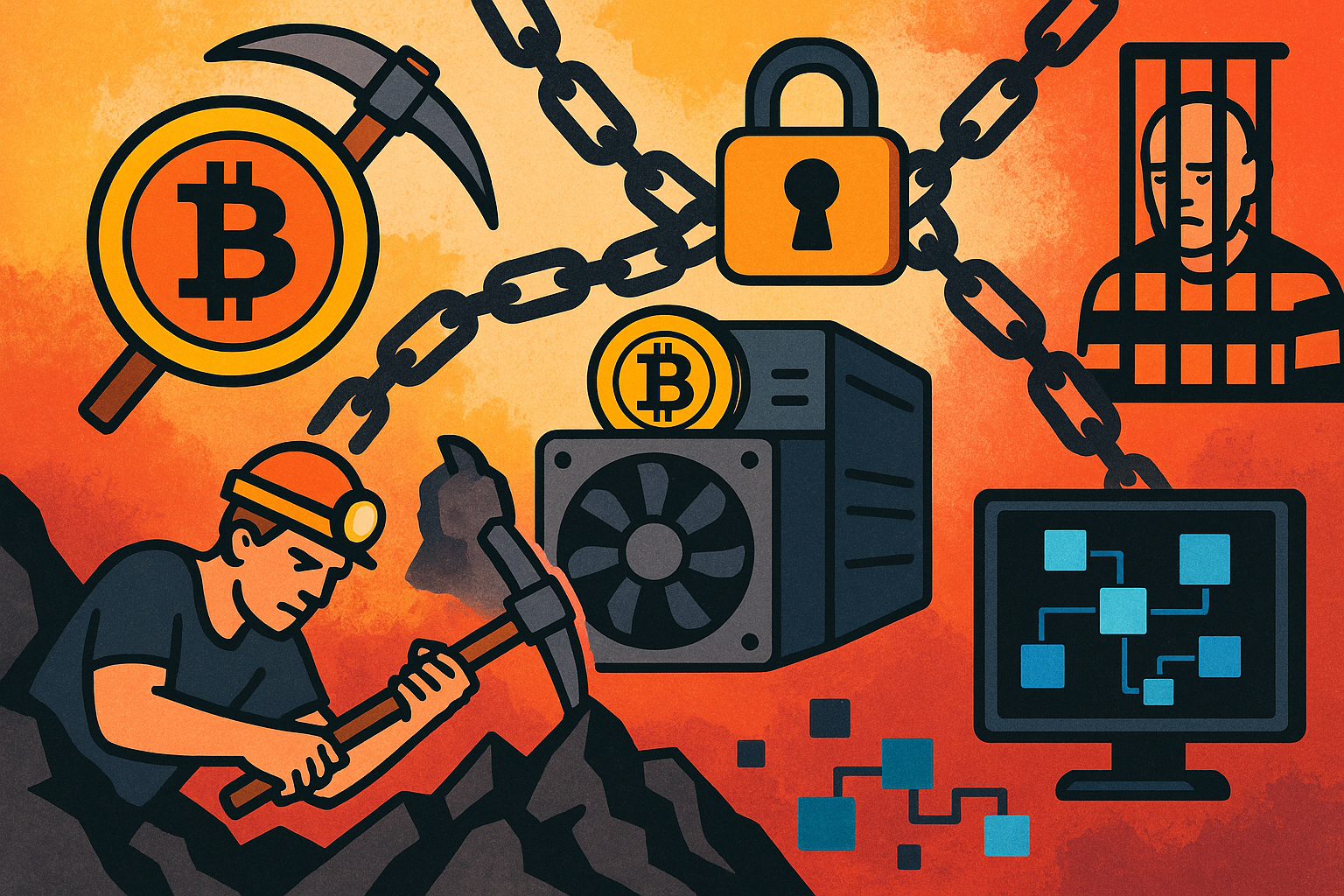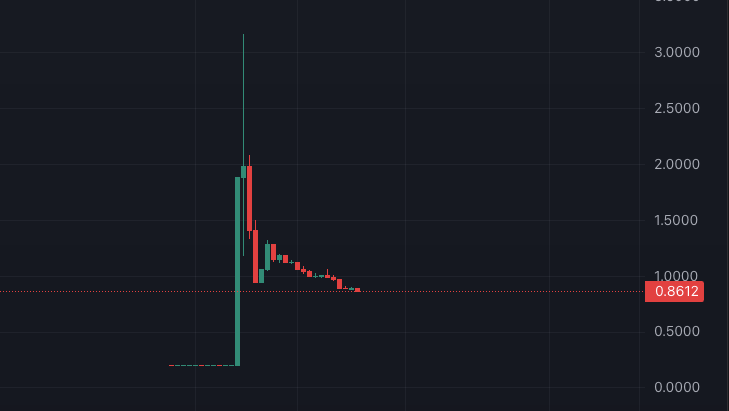
A dusting attack attempts to track crypto wallet activity by sending small amounts of crypto (dust).
What Is a Dusting Attack?
A dusting attack is a type of blockchain privacy breach where small amounts of cryptocurrency, known as “dust,” are sent to multiple wallet addresses. The goal is to track wallet activity and identify the owner, potentially exposing them to scams, phishing, or surveillance. These attacks are commonly used by hackers, scammers, or law enforcement agencies to de-anonymize crypto users.
How Dusting Attacks Work
- Dust Distribution: Attackers send minuscule amounts of crypto to many wallet addresses.
- Tracking: They monitor how this dust moves within transactions to identify which addresses belong to the same owner.
- Identity Linking: If they find a connection between your wallet and your personal information (via KYC exchanges, leaks, or social engineering), they may attempt fraud or other attacks.
Why Should You Care?
Even if dusting itself doesn’t steal your funds, it compromises your privacy. Once your wallet is linked to your real identity, you become vulnerable to:
✅ Targeted phishing attacks
✅ Scams and extortion attempts
✅ Increased surveillance from malicious actors
How to Protect Yourself from Dusting Attacks
Don’t Move the Dust
If you receive an unusual small transaction (especially from an unknown source), do not include it in any future transactions. Moving it allows attackers to track your wallet activity.
Use Coin Control Features
Some wallets offer coin control features that let you select which UTXOs (unspent transaction outputs) to use in transactions. Exclude dust inputs to prevent tracking.
Enable Wallet Privacy Features
- Use Wasabi Wallet (BTC) for built-in coin mixing.
- Use Samourai Wallet’s Do Not Spend feature to mark dust transactions.
- On-chain privacy tools like CoinJoin can help obscure your transaction history.
Switch to Privacy Coins
If privacy is a major concern, consider using Monero (XMR) or Zcash (ZEC) to transact anonymously.
Use a Fresh Wallet for Each Transaction
Avoid reusing the same wallet addresses for multiple transactions. Generate new receiving addresses whenever possible.
Dusting attacks are more than just tiny transactions. They’re a breach of your crypto privacy. And not only that, sometimes they are just bait for something similar to following:
1. Luring you to a website for a “free airdrop”, hoping you will connect your wallet to their website.
2. Selling or moving the dust that has a poisoned contract (EVM Smart Contracts). Once you allow the contract access to your wallet by interacting with it then it can drain your funds.
Stay safe!
S Taylor is a crypto trader with five years of experience, having navigated a wide range of market dynamics and witnessed numerous scams firsthand. As a former victim of scams, S Taylor turned their focus to blockchain forensics and Solidity Smart Contract development, gaining deep technical expertise in the field. With a unique insider’s perspective, they’ve been involved in various crypto projects, where they’ve seen how developers can exploit vulnerable investors.
S Taylor is also the published author of Meme Coins Made Easy, a comprehensive guide that teaches beginners about cryptocurrency and how to identify and avoid common scams. S Taylor is dedicated to sharing valuable insights and helping the crypto community stay informed and safe.
Disclaimer: This article is for informational purposes only and should not be considered legal, tax, investment, or financial advice.






